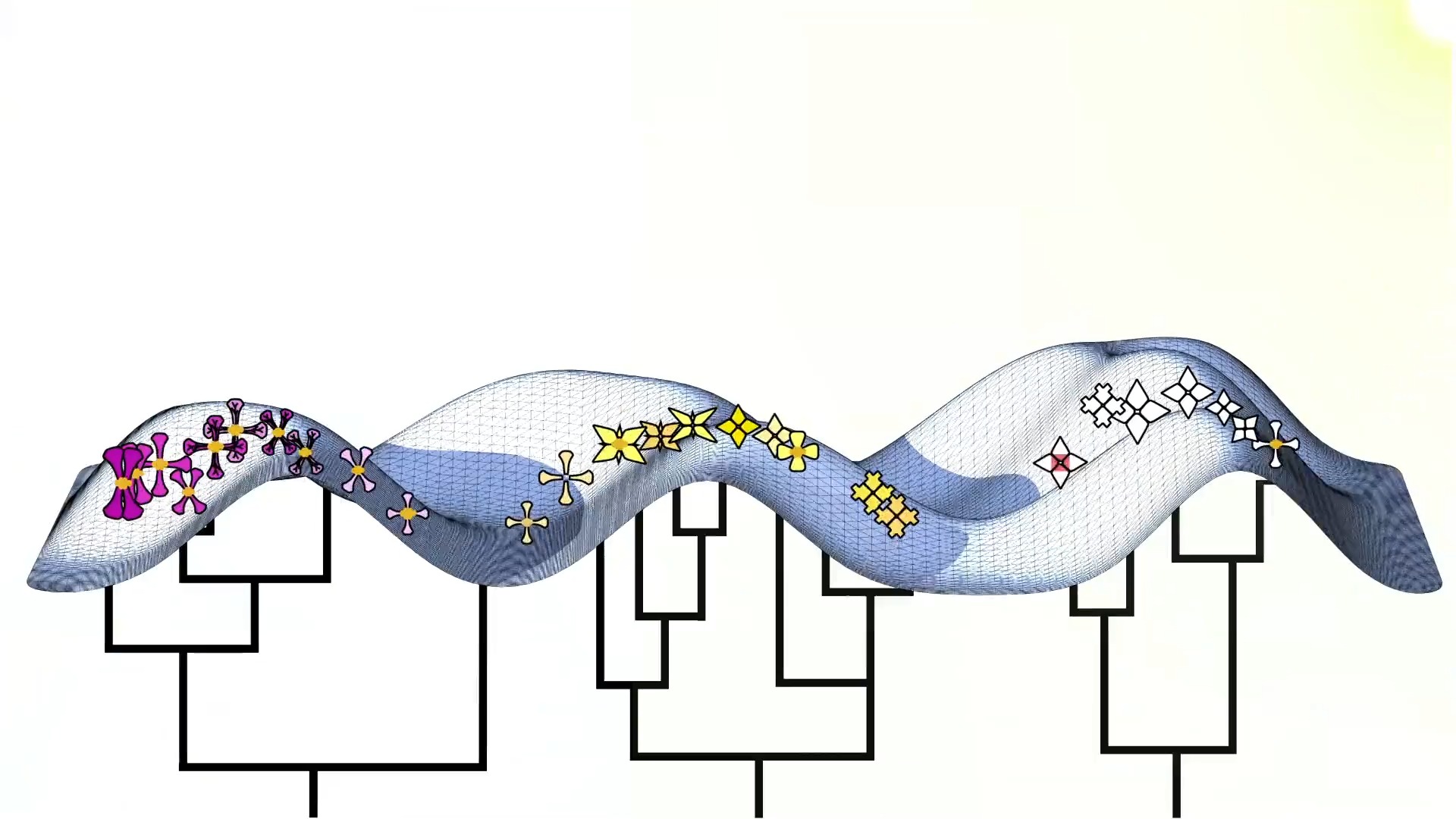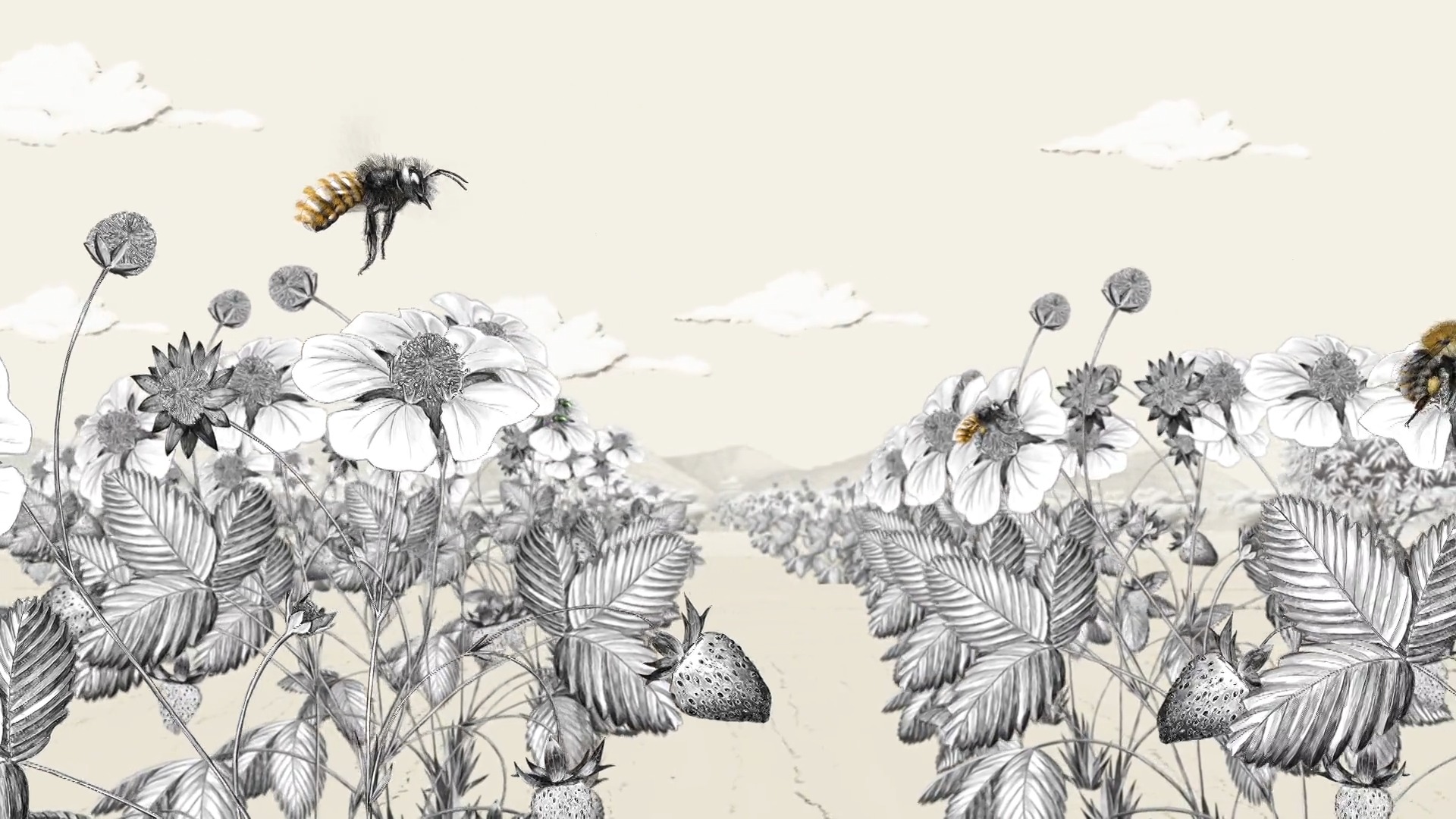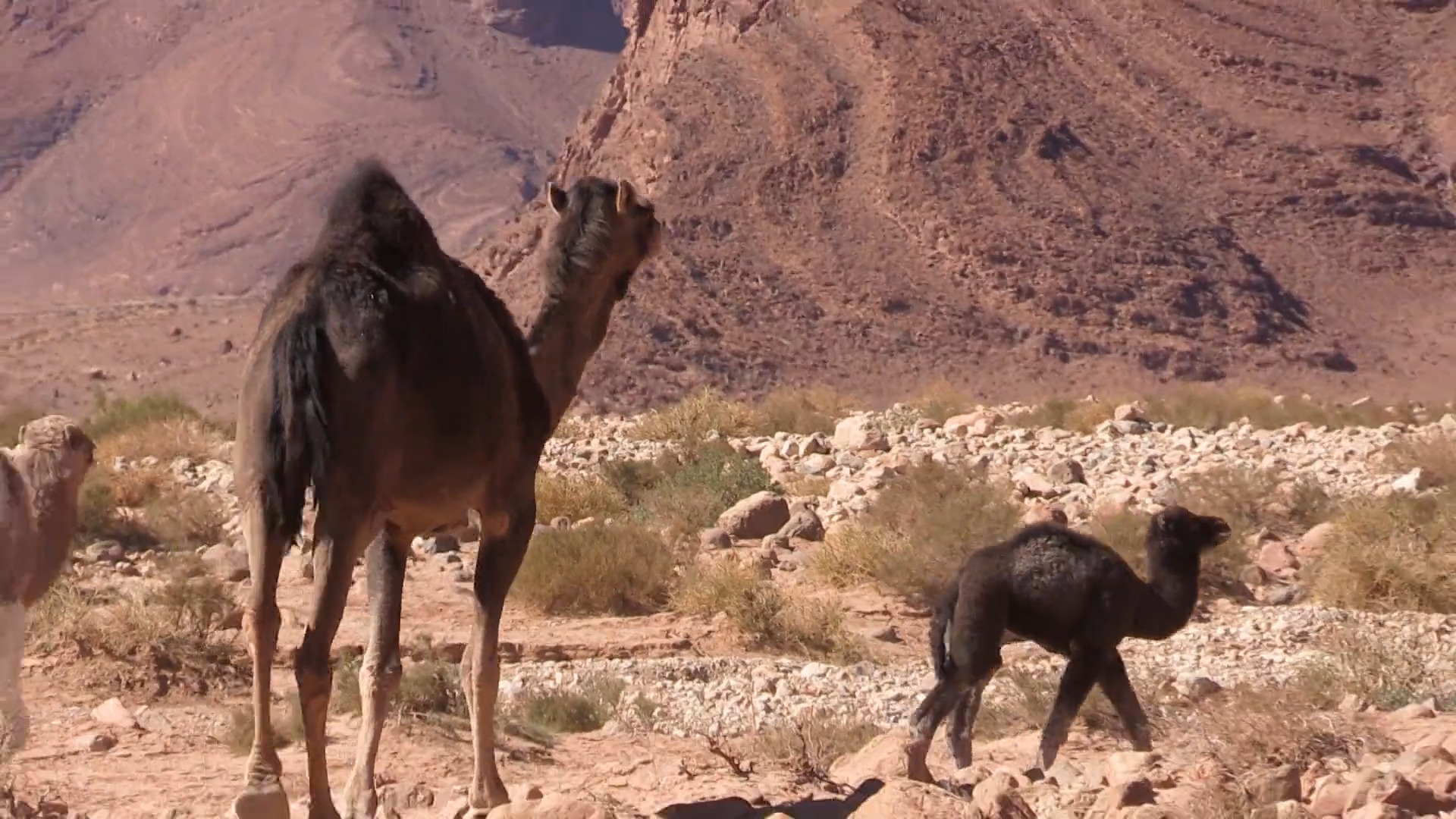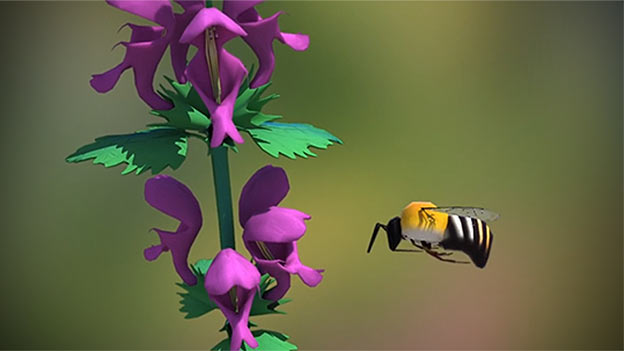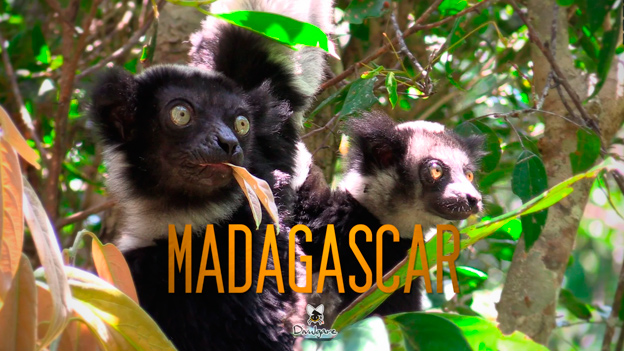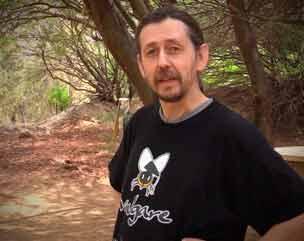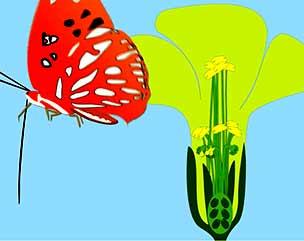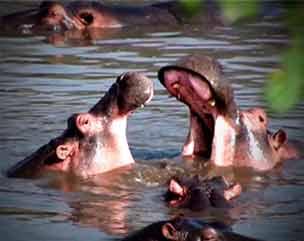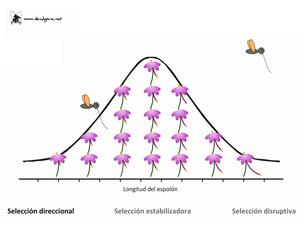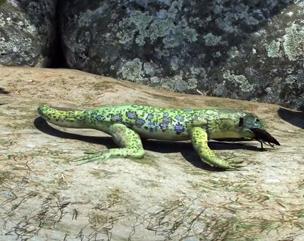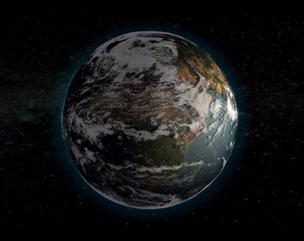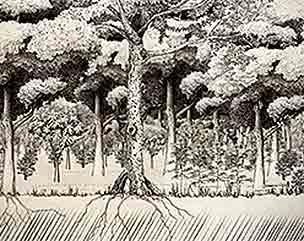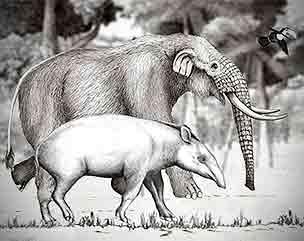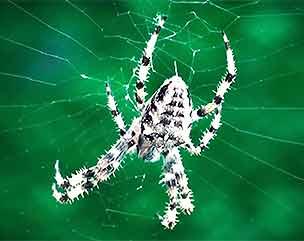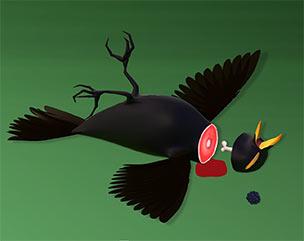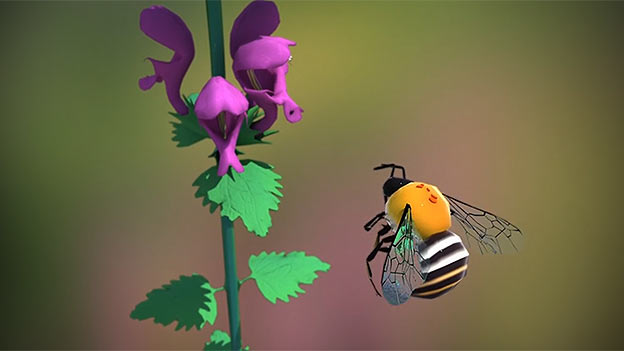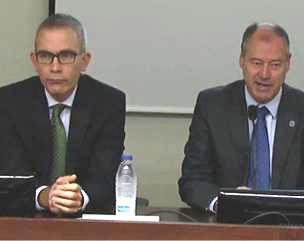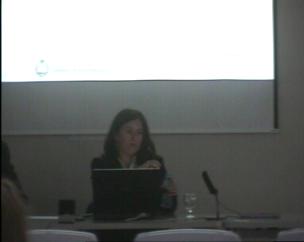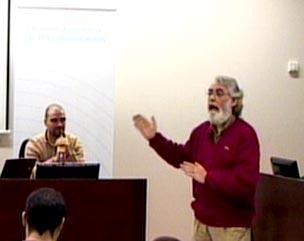Mammal diversity influences the carbon cycle through trophic interactions in the Amazon 27 de feb. de 2013
Mammal diversity influences the carbon cycle through trophic interactions in the Amazon
All living things are composed of carbon and the functioning of the carbon cycle is essential to life. Carbon is distributed throughout the planet and continuously moves between the atmosphere, organisms, and soil. Tropical forests play an essential role in planetary carbon cycling because their trees uptake carbon from the atmosphere, regulating climate. But many organisms other than plants make up a forest, and we wondered whether and how mammal species diversity would affect the carbon cycle in the Amazon. To answer this question, we relied on the traditional skills and practices of 355 Makushi, Wapishana, and Wai-Wai indigenous people in Guyana. Guided by a multi-institutional team of scientists and Stanford University. These indigenous technicians carried out forest surveys for 3 years and detected and recorded more than 218,000 mammals, 46,000 trees, 43,000 interactions among species, and one million organic remains. Carbon in soil and tree biomass was analyzed in a five million-ha region. This unprecedented analysis of ecological data revealed a strong relationship between mammal diversity and carbon in both soil and plant biomass, mediated by feeding interactions among species. This relationship was detectable even after we accounted for the effect of a myriad other factors such as tree diversity, geographical location, precipitation, temperature, and human disturbance. This result demonstrates that mammal diversity influences the carbon cycle in the Amazon, and strengthens our understanding that a partnership between human efforts and environmental services is key to climate change mitigation and the safeguarding of our planet


